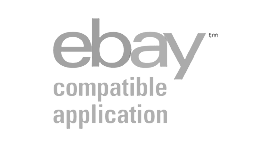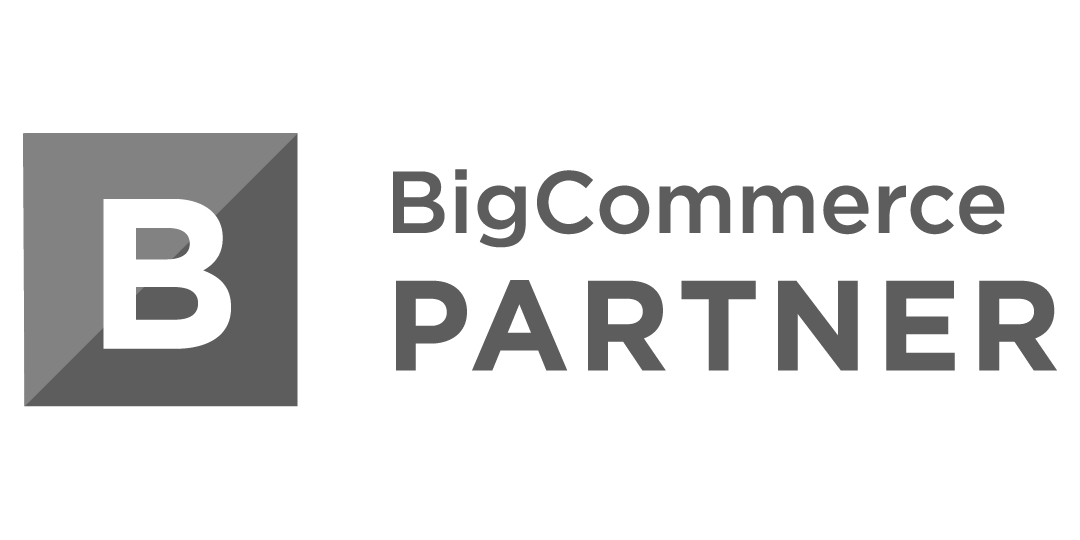As merchants grow their business, so does their technology stack. Most merchants have multiple software systems to run their business to help with everyday tasks like inventory management, order processing, shipping, accounting, payment processing and customer management. The list keeps going.
One of the more important technology investments you make is in an ERP (Enterprise Resource Planning) system. Your ERP can quickly become the backbone of your business and where most your processes are taken care of like orders, inventory, financial, customer, and supplier information. The challenge then is how you share the information from your ERP into your other critical systems like your eCommerce, POS, and 3PL systems.
Many turn to system integration to automate data between their systems, but ERP integration projects can seem overwhelming. If you’re considering integrating your ERP, learn what the benefits and challenges are of integration projects.
What is ERP Integration?
Your ERP system holds much of the important data for your retail business. It’s where you create products, ship orders, track inventory, and manage finances. That same information though needs to be shared across other systems in your business. Order shipping/tracking must post back to your eCommerce platform for online orders. Inventory counts from your ERP need to update on all your online storefronts. Product information must be listed on your website.
ERP integration then allows merchants to sync data and automate business processes between your ERP and other critical business systems. For example, when someone buys an item online, your inventory levels should decimate in your ERP and then any other channel where you sell that same product.
System integration is achieved by understanding how each of your systems receives data and what fields of data must be read or written to between endpoints.
Without integration of your ERP system, most of the data in your ERP is transferred between your systems by manually hand-keying it, which is an inefficient process.
Benefits of ERP Integration for Retail
By integrating your ERP with your other systems, you can automate key business processes like order processing and improve your operations. Here are some of the main benefits of ERP integration.
Eliminate Manual Data Entry
The main benefit of ERP integration is that it eliminates manual data entry so you’re not hand-keying the same data from one system to the next.
Saves Time
Real-time automation between your system can significantly save you time – like 40+ hours a week wasted on data entry. You won’t be slowed down by manual data entry. This is especially important when updating inventory, balancing the books, or listing new products.
Data Accuracy
When manually entering data, it’s easy to make typos that results in serious consequences like shipping the wrong item or to the wrong address. Integration ensures that your data is always accurate as it moves between systems.
Data Visibility
Retailers need to make critical decisions quickly such as when to move inventory to one location over another. Integration ensures you have visibility into accurate data, when you need it.
Overall, ERP integration is important in improving your operations. You’ll speed up data processing time and ensure data accuracy across your entire organization.
Challenges of ERP Integration for Retail
ERPs are robust pieces of software. This is part of the reason why they’re able to handle so many different processes for retailers. However, the architecture of your ERP can also make integration projects challenging work. Learn more below.
Cloud-based vs Legacy ERP Systems
In general, ERPs with open and robust APIs will be easier to integrate into other systems with APIs. A robust API is more feasible to read and write to different data fields between systems.
Legacy, on-premise ERPs might not have an API available or have a difficult one to work with. In other words, your system will be harder to write to and receive data from. This can limit what data you can integrate between your systems. Legacy ERPs might require SFTP or file-based integration, which is a less modern way to transfer data between systems.
Custom or Proprietary Software
Many endpoints, especially ERPs, allow merchants to deploy proprietary APIs, database tables, add-ons, apps/plugins, etc. These custom or proprietary requirements can make integration projects more challenging since they must account for your customizations. As you evaluate integration providers, be sure to ask upfront how your provider will account for these.
Complexity of Data
Some merchants have more complex data requirements such as working with a network of suppliers or buy online, pickup in-store programs.
While scenarios like these can make integration projects more costly or time-consuming, they by no means should prevent you from integrating your systems. If you have them though, it’s important to consider how your integration provider will handle them.
In some cases, especially if you’re using an on-premise legacy ERP, it might be a good time to upgrade to a new system. For growing retailers, integration is crucial to improving your operations to keep up with demand. You don’t want your ERP holding you back from connecting your systems and automating your processes. Check out this article on how to evaluate an ERP for your retail business.
Choosing an ERP Integration Provider
If you think you’re ready to integrate your ERP, your next step is to choose an ERP integration provider. Today, there’s all sorts of options to help integrate your ERP into systems like your CRM, email marketing, eCommerce, POS, 3PLs, and much more.
Some of the integration approaches you can evaluate are:
- Custom – A one-off integration for your systems by writing custom code that ties your systems directly together.
- ERP Add-Ons – Basic solution to handle one or few parts of your integration using point-to-point integration.
- Middleware – An operational hub sits between your ERP and other endpoint system and leverages pre-built connectors.
Each of these approaches have their advantages and disadvantages. They’ll vary in cost, maintenance and functionality. Your business requirements will determine the best approach for your retail business.
If you’re looking to integrate a critical business system like your eCommerce platform, POS, or 3PL/suppliers, then most cloud-based or modern ERP systems are best integrated using a middleware platform. These types of solutions have a “hub” that sits between your endpoint systems to automate data transactions. The hub manages the connection, data transformation, and orchestration of data between your systems.
You can check out a middleware platform like nChannel, which is a cloud-based integration platform that syncs data to and from ERPs using pre-built connectors. You can automate processes from order processing to inventory synchronization and supply chain management. It may be the best approach for your business!






These challenges might be the failure of the entire system or the failure to accomplish a specific objective. Great writing. Thanks for sharing.